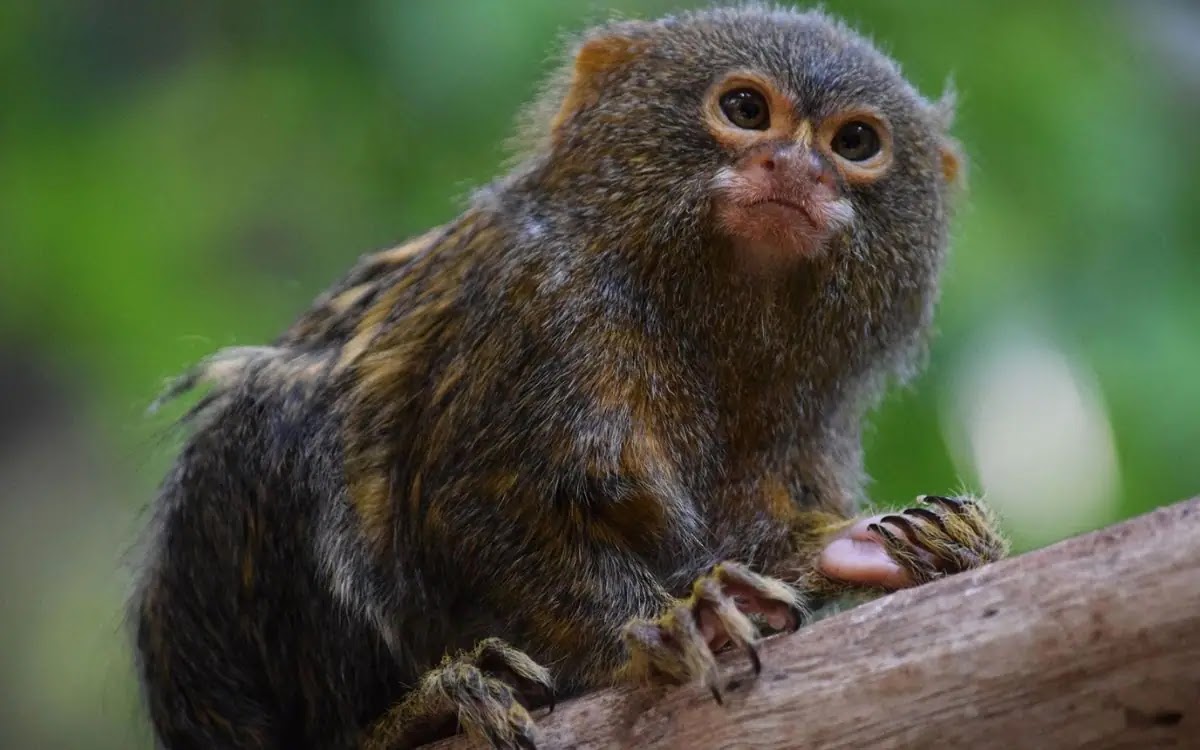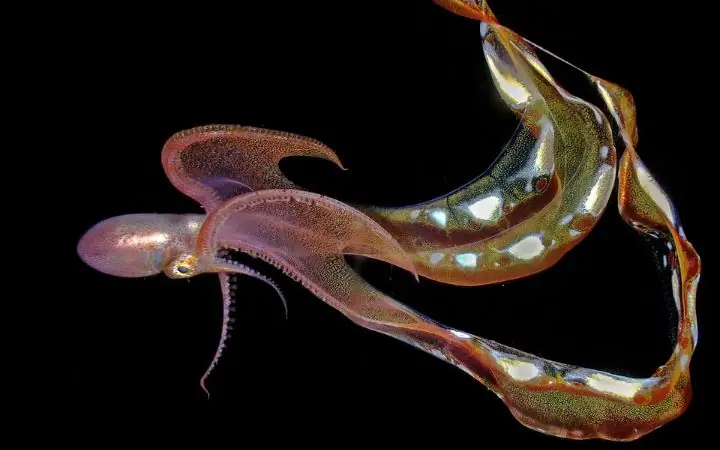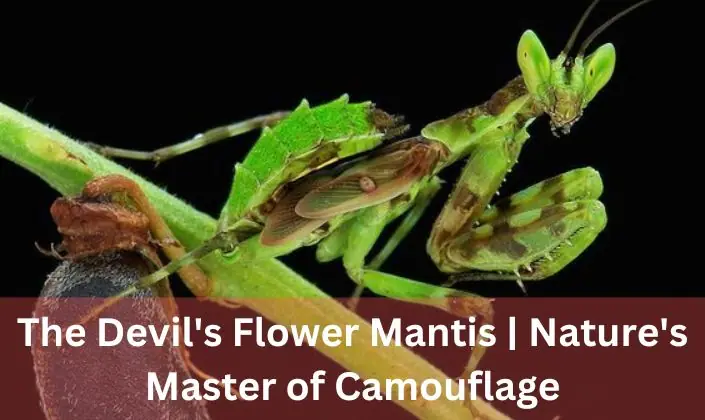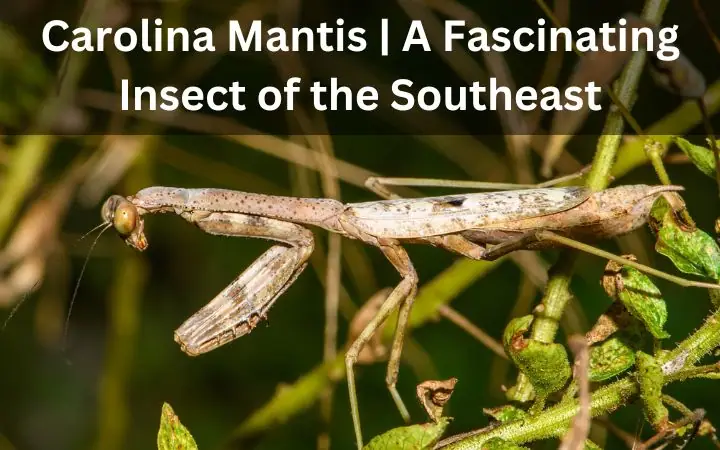Finger Monkey (Pygmy Marmoset)

Finger Monkeys, also known as Pygmy Marmosets, are the smallest monkeys in the world. They are native to the rainforests of South America and are found in countries such as Brazil, Peru, Colombia, Ecuador, and Bolivia.
Adult Finger Monkeys weigh between 85-140 grams and grow to be around 4-6 inches long, not including their tail. They have long, soft fur that is typically brown, grey, or black, and a distinctive white tuft of fur on their forehead.
All about the Finger Monkey (Pygmy Marmoset)
Scientific Name
The scientific name for Finger Monkeys is “Cebuella pygmaea”, and they belong to the family Callitrichidae, which includes other small primates such as marmosets and tamarins.
Finger Monkey (Pygmy Marmoset) Scientific Classification
Scientific Name - Callithrix pygmaea Kingdom - Animalia Phylum - Chordata Class - Mammalia Family - Callitrichidae Genus - Cebuella Order - Primates
.
Appearance and Behavior
Finger Monkeys, also known as Pygmy Marmosets, are small primates that are native to the rainforests of South America. They are the smallest monkeys in the world, with adults weighing between 85-140 grams and growing to be around 4-6 inches long, not including their tails. Their fur is long, soft, and typically brown, grey, or black, with a distinctive white tuft of fur on their forehead.
Finger Monkeys are highly social animals that live in groups of up to nine individuals, which are typically led by a dominant breeding pair. Within the group, each individual has a specific role, and they work together to defend their territory, forage for food, and care for their young. They communicate with each other using a variety of vocalizations, including high-pitched trills and whistles.
Finger Monkeys are arboreal and spend most of their time in trees, using their long, agile fingers to grasp onto branches and move around. They have a prehensile tail that they use for balance and to hold onto objects, which allows them to easily move through the treetops. They are active during the day and sleep at night, usually huddled together in a group.
Pygmy marmoset monkey are omnivores, feeding on a variety of insects, fruits, and nectar. They have specialized teeth that allow them to gnaw into tree bark and feed on sap, which is an important part of their diet. They have a high metabolism and need to eat frequently to maintain their energy levels.
Finger Monkeys have a lifespan of up to 12 years in the wild and up to 20 years in captivity. They are highly intelligent and have been known to use tools, such as using sticks to extract insects from tree bark. They are also capable of problem-solving and have been observed using teamwork to solve puzzles.
Finger Monkeys are often kept as pets, although this is not recommended as they require specialized care and a highly social environment. In their natural habitat, they live in large family groups and have complex social structures, which cannot be replicated in a domestic setting. Additionally, they require a varied and nutritionally balanced diet, which can be difficult to provide in captivity.
In summary, Marmoset monkeys are small, agile primates that are highly social and intelligent. They have specialized adaptations that allow them to move through the treetops and feed on a variety of foods. While they may be cute and adorable, they require specialized care and a highly social environment, and should not be kept as pets.
.
Habitat
Finger Monkeys are native to the rainforests of South America, where they can be found in countries such as Brazil, Peru, Colombia, Ecuador, and Bolivia. They are arboreal primates and spend most of their time in trees, using their long, agile fingers to grasp onto branches and move around.
Finger Monkeys are typically found in dense, humid forests near rivers and streams, where there is plenty of food and cover from predators. They prefer to live in areas with a high tree density, as this provides them with more opportunities to move around and find food.
Rainforests are some of the most diverse and complex ecosystems on Earth, and they provide Finger Monkeys with a wide variety of food sources, including insects, fruits, nectar, and tree sap. However, these forests are under threat due to deforestation, habitat destruction, and climate change, which puts the survival of Finger Monkeys and many other rainforest species at risk.
.
Diet
Finger Monkeys are omnivores and have a varied diet that includes insects, fruits, nectar, and tree sap. They have specialized teeth that allow them to gnaw into tree bark and feed on sap, which is an important part of their diet.
Insects make up a significant portion of the Finger Monkey’s diet and they feed on a variety of insects such as ants, termites, beetles, and spiders. They are also known to feed on small reptiles and amphibians.
monkey marmosets are frugivorous, which means they feed on fruits, and they consume a variety of fruits such as berries, figs, and other tropical fruits. They also feed on the nectar of flowers, and this is an important source of energy for them.
In addition to insects and fruits, Finger Monkeys also feed on the sap of trees. They have specialized teeth that allow them to gnaw into tree bark and extract the sap. The sap is rich in nutrients, and Finger Monkeys can consume large amounts of it to supplement their diet.
Finger Monkeys have a high metabolism, and they need to eat frequently to maintain their energy levels. They are active during the day and spend a significant portion of their time foraging for food. They have a complex digestive system that allows them to extract nutrients from their food efficiently.
It’s important to note that pygmy marmoset monkey have a specialized diet that is adapted to their natural habitat, and they require a varied and nutritionally balanced diet to thrive. In captivity, it can be challenging to provide them with the same variety of food that they would have access to in the wild.
If you are considering keeping a Finger Monkey as a pet, it’s important to research their dietary needs carefully and ensure that you can provide them with a nutritionally balanced diet.
.

Predators and Threats
Finger Monkeys have a number of natural predators in their native habitat, including birds of prey, snakes, and small carnivorous mammals such as ocelots and margays. They are also preyed upon by larger primates such as capuchin monkeys and tamarins, which are known to attack and kill Finger Monkeys.
However, the biggest threat to Finger Monkeys and their habitat is human activity. Deforestation, habitat destruction, and fragmentation are major threats to Finger Monkeys, as they rely on the forest for food, shelter, and protection from predators. The destruction of their habitat also leads to the fragmentation of populations, which can make it more difficult for them to find mates and maintain genetic diversity.
Pygmy marmosets are also hunted for their fur and as pets, although international trade in these animals is prohibited under CITES (the Convention on International Trade in Endangered Species). Unfortunately, illegal trade in Finger Monkeys and other wildlife continues to be a problem, and this has put additional pressure on their populations.
Climate change is another significant threat to Finger Monkeys, as it is altering their habitat and disrupting their food sources. Changes in rainfall patterns, temperature, and weather events such as droughts and floods can affect the availability of food and water for Finger Monkeys, making it more difficult for them to survive.
Overall, the conservation of Finger Monkeys and their habitat is critical to their survival, and efforts are underway to protect their populations and the rainforests in which they live. This includes measures such as habitat restoration, anti-poaching patrols, and public education campaigns to raise awareness about the importance of conserving these unique and fascinating animals.
.
Reproduction and Babies
Finger Monkeys (pygmy marmoset) are social animals that live in groups of up to 15 individuals, consisting of both males and females. They have a monogamous mating system, and a breeding pair will usually produce one offspring per year, although they may occasionally produce twins.
The female Finger Monkey has a gestation period of around 140 to 150 days, after which she gives birth to a single offspring. The baby is born with its eyes closed and is completely dependent on its mother for the first few weeks of its life. The mother carries the baby on her back and provides it with milk until it is able to eat solid food.
Finger Monkey babies are incredibly small, weighing only around 15 grams at birth. They have a soft, furry coat and are born with their signature long, agile fingers. As they grow, they become more independent and start to explore their surroundings, using their fingers to climb and move around.
Finger Monkeys reach sexual maturity at around 1 to 2 years of age, and they can live up to 15 years in the wild. In captivity, they may live even longer if they receive proper care and nutrition.
Overall, the reproduction and care of Finger Monkey babies are an important aspect of their social behavior, and their close-knit family groups help to ensure the survival of the species in their natural habitat.
.
Lifespan
The lifespan of Finger Monkeys in the wild is estimated to be around 15 years. However, in captivity, they may live longer if they receive proper care and nutrition. There have been reports of captive Finger Monkeys living up to 25 years.
The lifespan of pygmy marmosets can be affected by a number of factors, including their environment, diet, and overall health. In the wild, they face a number of threats that can impact their lifespans, such as predation, habitat destruction, and disease. In captivity, they require a carefully balanced diet and specialized care to ensure that they remain healthy and thrive.
It’s important to note that Finger Monkeys are social animals living in groups in the wild. They require social interaction and stimulation to maintain their mental and emotional well-being. If you are considering keeping a Finger Monkey as a pet, it’s important to research their care requirements carefully and ensure that you can provide them with the specialized care and social interaction that they need to live a long and healthy life.
.

Population
The population of Finger Monkeys in their native habitat is difficult to estimate, as they are elusive animals that live in dense rainforests and are difficult to spot. However, it is believed that their populations are declining due to habitat loss and fragmentation, as well as hunting and illegal trade in these animals.
Finger Monkeys are classified as a “vulnerable” species on the IUCN Red List, which means that they are at high risk of extinction in the wild. Their populations are thought to be decreasing, and they are facing a number of threats to their survival.
Efforts are underway to protect Finger Monkey populations and their habitat, including measures such as habitat restoration, anti-poaching patrols, and public education campaigns to raise awareness about the importance of conserving these unique and fascinating animals. However, more work is needed to ensure that fingerlings monkeys and other wildlife are protected and can continue to thrive in their natural habitats.
.
10 Finger Monkey (Pygmy Marmoset) Fun Facts
Here are some fun facts about Pygmy Marmosets, also known as Finger Monkeys:
1. Pygmy Marmosets are the smallest monkeys in the world, with adults weighing only 3.5 to 4 ounces and measuring 5 to 6 inches in length.
2. These tiny monkeys have a special adaptation that allows them to cling to tree branches with ease – they have specially adapted fingers that are longer than their legs.
3. Pygmy Marmosets are very social animals, living in family groups of up to 15 individuals. They communicate with each other using a variety of sounds, including chirps, trills, and whistles.
4. These monkeys have a unique way of marking their territory – they use their sharp teeth to gouge small holes in tree bark, and then lick the sap that oozes out.
5. Pygmy Marmosets have a very fast metabolism, and they need to eat every 2 to 3 hours in order to maintain their energy levels. Their diet includes insects, fruits, nectar, and tree sap.
6. These monkeys are known for their acrobatic skills, and they can jump up to 16 feet in a single leap.
7. Pygmy Marmosets are monogamous animals, and they form strong bonds with their mate. The male and female take turns caring for their offspring, and the entire family group helps to raise the babies.
8. These tiny monkeys have a variety of predators in their natural habitat, including birds of prey, snakes, and wild cats.
9. Pygmy Marmosets are very intelligent animals, and they have been observed using tools in the wild – they will use sticks to probe into tree crevices in search of insects.
10. These monkeys are often kept as pets illegally, which is a major threat to their populations in the wild. It’s important to remember that these are wild animals that require specialized care and habitat to thrive, and they should not be kept as pets.
FAQ:
What are finger monkeys?
Finger monkeys, also known as pygmy marmosets, are the world’s smallest monkeys, native to the rainforests of South America. They weigh only 3-5 ounces and grow to be about 5-6 inches long, excluding their tails which can be up to twice their body length. They are called finger monkeys due to their small size and their ability to wrap their tiny fingers around objects like human fingers.
How big do finger monkeys get?
Finger monkeys, also known as pygmy marmosets, are the smallest monkeys in the world and they don’t grow very large. They typically only weigh 3-5 ounces and grow to be about 5-6 inches long, excluding their tails which can be up to twice their body length.
How long do finger monkeys live?
Finger monkeys, also known as pygmy marmosets, have a lifespan of around 10-12 years in the wild and up to 20 years or more in captivity with proper care.
Where do finger monkeys live?
Finger monkeys, also known as pygmy marmosets, are native to the rainforests of South America, including Brazil, Colombia, Ecuador, Peru, and Bolivia. They inhabit the understory and canopy layers of the forest, where they feed on insects, fruit, and tree sap. They are adapted to live in the trees and have specialized fingers and toes that allow them to cling to branches and move quickly through the forest canopy.
How much do finger monkeys cost?
The cost of finger monkeys, also known as pygmy marmosets, can vary depending on various factors such as location, age, gender, and health status. However, they are generally quite expensive and can cost several thousand dollars. It is important to note that in many places, it is illegal to keep finger monkeys as pets without a special permit.
Read Also:
- Caracal Cat
- Maine Coon Most Intelligent Cat Breed – Info, Ownership & Care
- Coconut Crab Facts and Information






